

|
|
|
1891-O
Variety 128
Obverse 25: Medium Date, Upward Slope, Excessive Die Clashing
Reverse AA: Medium O, [mm C,H,TR], Die Clashing, Strike Doubling
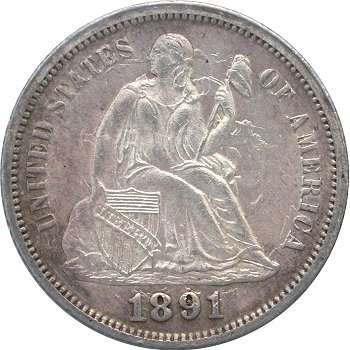
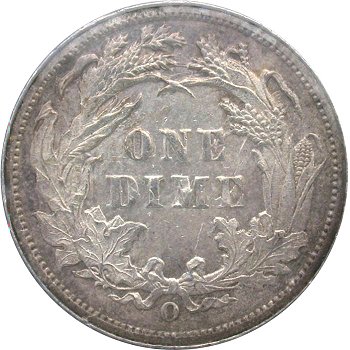
Obverse 25 Reverse AA
Obverse Diagnostic Point(s) Reverse Diagnostic Point(s)
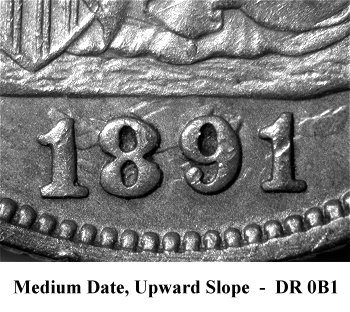
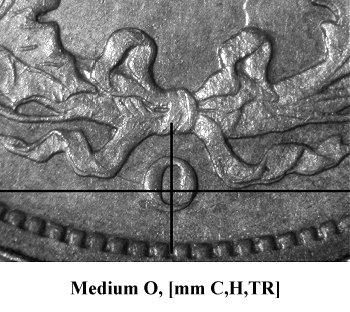
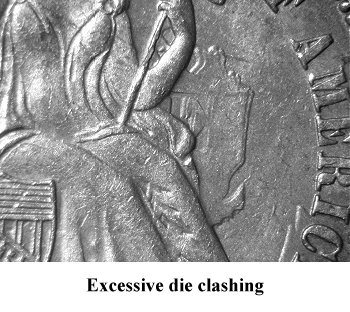
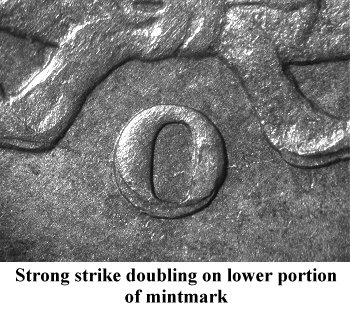
Comments: Obverse 25 is in an early die state and exhibits heavy die clashing while showing no signs of die cracks. The strike is very bold and typical for many of the Seated dime struck in New Orleans during 1891.
Reverse AA is also well struck and heavily clashed. More interesting is the fact that Reverse AA shows significant strike doubling to the north. The lower portion of the Medium O mintmark appears doubled in the illustration above but with a traditional shelf doubling appearance. Strike doubling is present throughout the lower wreath. After locating and examing this high grade 1891-O dime with bold strike doubling, one can understand and explain the higher than normal frequency of 1891-O dimes with repunching on the mintmark. I believe that these repunched mintmarks are not caused by mintmark punch repunching, but rather by strike doubling due to heavy coinage press ejection force. The excessive striking force of the New Orleans coinage presses resulted in the dies cracking quickly. We also have records of excessive striking force through the spectacular clashed dies and freqent strike doubling as listed throughout the 1891-O date analysis.
Plate Coin: Paul Bradley Collection, MS60